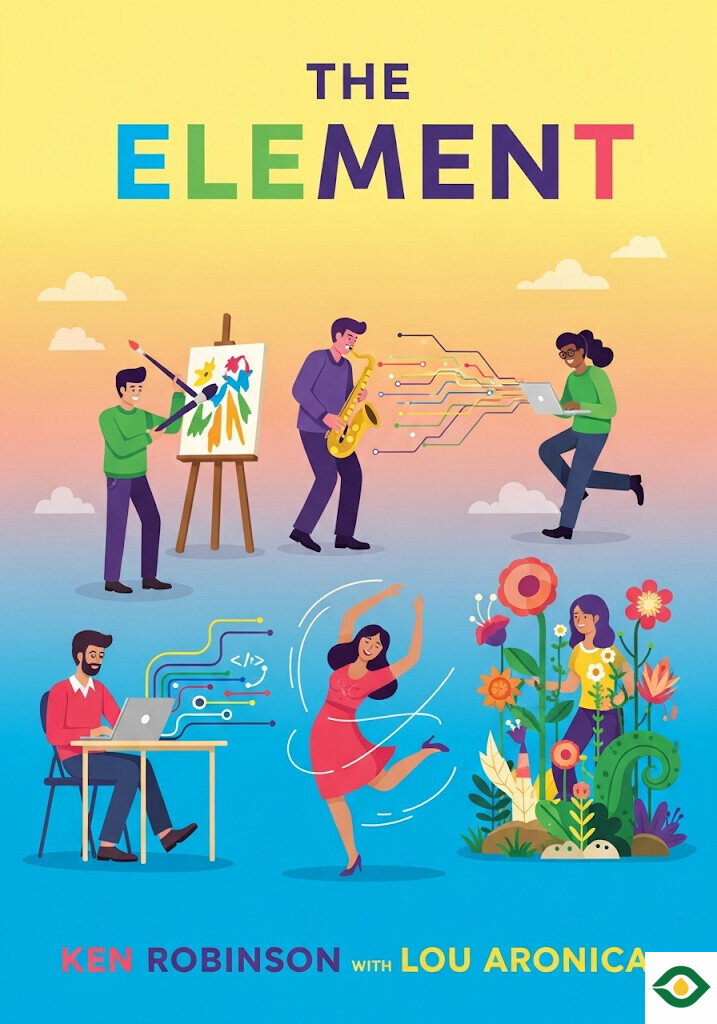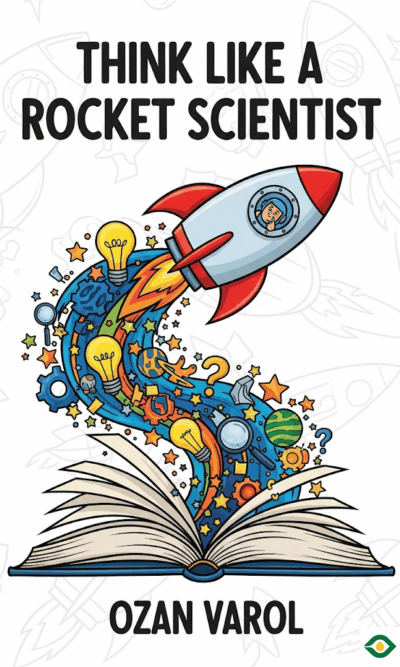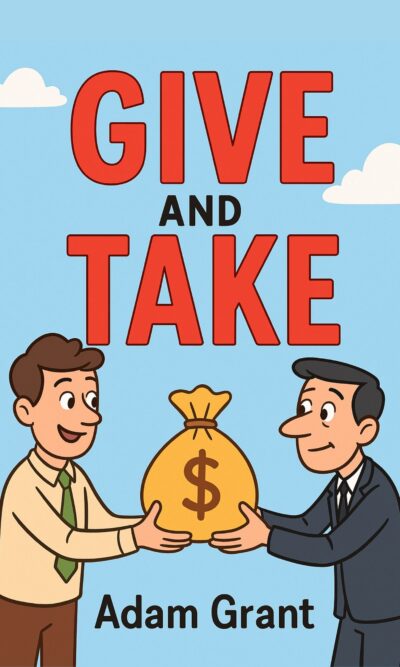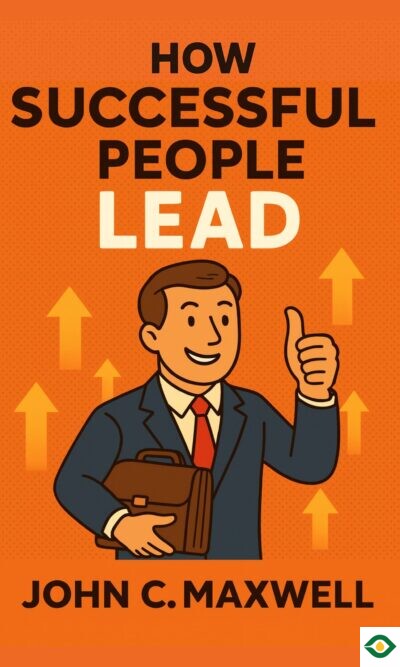Description
This book is about a simple but powerful idea: life changes when you work in your element. Your element sits where two things meet—what you are naturally good at and what you deeply enjoy. Talent without love grows cold. Love without skill stays a wish. When both come together, your energy rises, your learning speeds up, and your days feel meaningful.
Aptitude is your built-in ability. You might pick up languages quickly, spot patterns in numbers, or feel rhythm in your hands. Passion is the fuel. It’s the feeling that makes you practice, explore, and keep going even when nobody is watching. Someone who truly loves an activity often does it for hours because it feels right, not because of grades, money, or applause. Many people say they “love” something, but love shows up in time spent, in the joy of doing, in the pull that brings you back.
Attitude matters as much as talent. You cannot control luck, but you can control how you meet it. People who find their element tend to expect that effort will pay off. They get back up after setbacks and keep learning. They look at problems and ask, “What can I try next?” This mindset turns obstacles into steps. It also helps you notice openings that others miss.
Opportunity is the other side of attitude. Even a gifted pearl diver cannot dive in a desert. The right place, people, and moment can unlock you. A teacher who challenges you, a mentor who opens a door, a community center with a piano, a weekend coding club, a local theater audition — these are small chances that can change a path. Sometimes opportunity means leaving a limiting space and going where your skills are valued. Sometimes it means turning a small “yes” into a bigger one through steady work.
To find your element, rethink intelligence. Intelligence is not one number. It is varied, alive, and personal. One person thinks best with words, another with images, another with movement or music. The brain thrives on many kinds of input and links. A new hobby can spark insights in your main field. A walk, a sketch, or a tune can solve a math problem when a desk cannot. Once you accept that intelligence has many forms, you stop ranking yourself by a narrow test and start looking for your unique pattern.
Your element is easier to discover with the right people. Humans are social learners. When you meet your “tribe” — people who share your interests and standards — you feel understood. You also see what is possible. In a tribe, you learn faster because you swap tricks, give feedback, and cheer each other on. Competitors can be part of your tribe, too; they push you to raise your game. In these circles, you may experience flow: that deep state when time fades and you are fully absorbed. Flow is a sign you are close to your element, though it will not happen every day. Life has noise and chores. Still, if you build your days around activities that regularly bring flow, your motivation stays strong.
Barriers will appear. Some are personal: illness, anxiety, money, lack of confidence. Some are social: family pressure, rigid schools, narrow job rules, cultural expectations. Many successful people faced hard blocks and found work-arounds. A physical limit can lead to a new method. A closed door can push you toward a different door that fits even better. Your story will not match anyone else’s, and that is okay; the goal is progress, not perfection. A key practice is separating “I can’t now” from “I can’t ever.” With time, mentors, and small wins, today’s “no” can become tomorrow’s “maybe,” and later, a “yes.”
Age is not the enemy. You can discover or return to your element at many stages of life. You might bloom early, pause for years, and bloom again. You might change fields entirely. Skills compound across time: what you learned in one field can strengthen another. Writing habits help in science; stage experience helps in sales; coding logic helps in music production. If you start late, you bring life knowledge that beginners lack. If you start early, protect your curiosity so it stays alive.
You do not have to turn your element into your paycheck. Some people will, and that can be great. Others will keep their element as a serious hobby while earning income another way. Both paths are valid. The test is not status. The test is whether your daily life gives you room to practice what makes you feel most alive. An amateur can be deeply expert and deeply satisfied. A professional can lose joy if pressure smothers play. Aim for a mix that sustains both your passion and your peace.
How do you find your element in practice? Start by noticing what draws you in. Track activities that make hours pass like minutes. Pay attention to the work you do even when you are tired. Ask yourself: What kinds of problems do I enjoy solving? What tools do I reach for naturally — words, numbers, images, movement, sound, people, systems, hands-on materials? Look back at childhood sparks; they often leave clues.
Next, experiment widely and cheaply. Take short classes. Join groups. Volunteer for projects. Shadow someone for a day. Make small things and ship them: a blog post, a demo, a sketch, a short film, a melody, a simple app. Each small cycle teaches you more than long planning. Keep what energizes you. Drop what doesn’t. Treat this like a series of safe bets rather than one big leap.
Build your environment. Curate your inputs: follow makers who inspire you, read books that teach you technique, watch breakdowns from experts. Find or form a tribe: an online forum, a local club, a practice group, a writers’ room, a makerspace, a rehearsal band. Share your work and ask for concrete feedback: What worked? What confused you? What would you change first? Set up regular time blocks. Protect them like appointments with yourself.
Train both sides of the element: aptitude and passion. For aptitude, practice deliberately. Work on one small skill at a time. Use clear drills. Measure progress. For passion, keep the joy alive. Add play, improvisation, and curiosity breaks. Rotate between hard reps and free exploration. Celebrate small wins to reinforce the loop. When boredom arrives, change your drill or your medium, not your mission.
Manage barriers with simple tools. For inner doubts, write them down and answer them with facts: past wins, support from your tribe, steps you can take today. For social pressure, communicate your plan and show results in small milestones. For time limits, use short, daily sessions; ten focused minutes beat zero perfect hours. For money limits, start with low-cost gear and grow as you prove your interest.
Remember that your element is not a single job title. It is a living zone where your natural strengths and real interests overlap. You may express it in many roles across a lifetime. A person whose element is “storytelling” might write scripts, teach, make podcasts, lead teams, or design products. A person whose element is “pattern-making” might do data science, choreograph dance, or compose music. The core stays, the surface can change.
Finally, think of the larger effect. When people work in their element, they lift others. They make better products, kinder classrooms, warmer homes, richer art, and braver science. They model a way of living that gives permission to everyone around them. The world does not just need more talent; it needs more people lit up by the right work. Your element is not only about you. It is your gift to your community.
In short, your element grows where ability meets love, guided by attitude, opened by opportunity, strengthened by a tribe, and sustained through practice. Start small, keep going, and let your path unfold.





